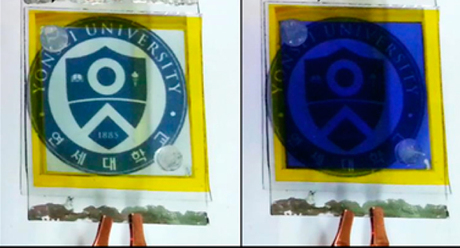Converting the sun's heat and light into electricity

Solar cells today are getting better at converting sunlight into electricity, but commercial panels still harvest only part of the radiation they’re exposed to. Now, South Korean scientists have developed a hybrid solar energy system that harnesses the full spectrum of the sun’s radiation.
Professor Eunkyoung Kim and her colleagues at Yonsei University set out to hybridise solar cells with different materials in order to capture more of the sun’s energy. They turned to a clear, conductive polymer known as PEDOT to try to accomplish this.
The researchers layered a dye-sensitised solar cell on top of a PEDOT film, which heats up in response to light. Below that, they added a pyroelectric thin film and a thermoelectric device, both of which convert heat into electricity.
Writing in the journal ACS Nano, the researchers reported that the efficiency of all components working together was more than 20% higher than the solar cell alone — with that boost, the system could operate an LED lamp and an electrochromic display. Furthermore, the complete device was able to produce a voltage more than five times higher than other hybrid systems.
Boosting performance of aqueous zinc–iodine batteries
Engineers from the University of Adelaide have enhanced aqueous zinc–iodine batteries using...
Sodium-ion battery breakthrough boosts energy storage
Scientists have discovered that leaving water inside a key material, rather than removing it,...
Setting a new standard for solar efficiency testing
Researchers from Simon Fraser University have proposed a new framework to standardise testing of...





